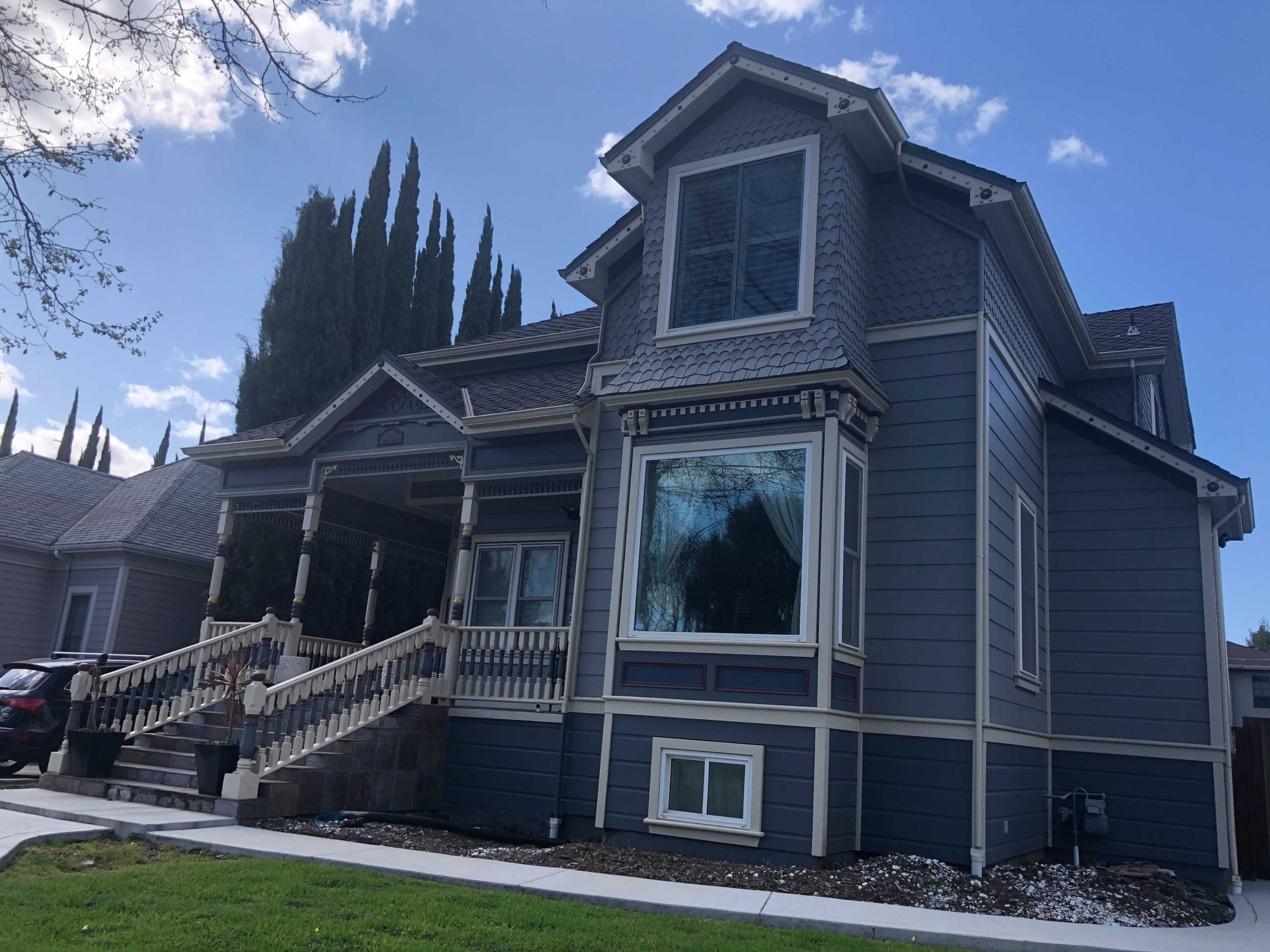SJ Preservation chief corrects misperceptions, supports Schiele Ave historical designation
Image by Lorraine Gabbert
The day before the San Jose Planning Commission considered and ultimately voted to recommend approving the proposed Schiele Avenue/Alameda Park Historic District—a block of homes in the Garden Alameda district of San Jose—a vocal critic of designation sent an irate email to a group of local civic leaders, city planners, and journalists. Alongside many gross factual misstatements, the email also disparaged historic preservation professionals as “cultist" and the historic homes in question as “crappy.” Responding to this email, Preservation Action Council chief Ben Leech provides some much-needed clarification. Below is Leech's public comment sent to the recipients prior to the Planning Commission meeting on August 28th.
Hello all,
I am normally averse to abusing the “reply all” function but feel compelled to address some of the claims below regarding the impact of historic district designation. I know many but not all of you on this chain, so let me introduce myself as a preservation planner (aka “cultist," I suppose) and executive director of PAC*SJ, which advocates for sound preservation policies here in San Jose.
Full disclosure, we support the establishment of a historic district in this neighborhood, an effort 20+ years in the making. We also appreciate that any regulatory overlay which impacts people’s homes can be inherently unsettling and potentially controversial, and merits a significant amount of discussion, debate, and public outreach.
To date, there have been two public meetings and a Historical Landmarks Commission meeting where the district proposal has been discussed in depth, and where many common misconceptions have been addressed. This will continue at tonight's Planning Commission meeting and a subsequent City Council meeting, where it will again be clarified that:
1) This is far from the “first Landmark Historic District” in San Jose. If approved, this would be the city’s sixth such district, joining the River Street, Reed, Lakehouse, Hensley, and Saint James Square City Landmark Districts.
2) Designation only regulates exterior changes and has no impact on interior alterations or uses. Additions to designated homes are routinely approved. The existing historic districts above are all full of good examples of homes that have grown and evolved over time to suit the needs of current owners/tenants.
3) ADUs are allowed (and welcomed) by right in historic districts.
4) This neighborhood, while certainly convenient to Diridon Station, is more than a half-mile away and falls well beyond the boundaries of the Diridon Station Area Plan. And even if it were within the DSAP boandaries, there is nothing about the proposed district designation which is contradictory to that plan, which emphasizes the need to preserve the area’s existing building stock while creating high-density housing in the area’s existing surplus stock of surface parking lots and low-density commercial/industrial plots.
5) One planner’s “crappy 950-sq-ft bungalow” is another planner’s “naturally affordable housing.”
--Ben Leech, Executive Director, Preservation Action Council SJ
Follow Opportunity Now on Twitter @svopportunity
Related:
Opp Now enthusiastically welcomes smart, thoughtful, fair-minded, well-written comments from our readers. But be advised: we have zero interest in posting rants, ad hominems, poorly-argued screeds, transparently partisan yack, or the hateful name-calling often seen on other local websites. So if you've got a great idea that will add to the conversation, please send it in. If you're trolling or shilling for a candidate or initiative, forget it.

